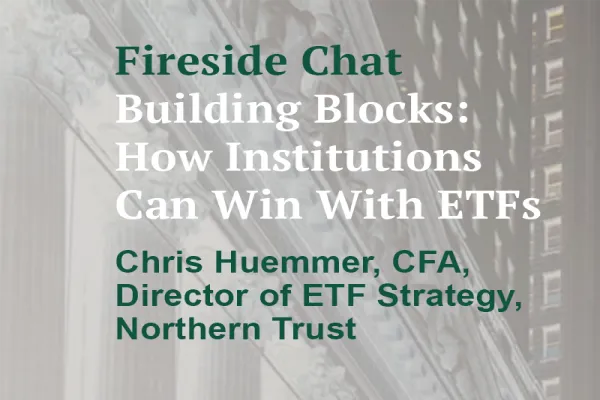Private asset managers who partnered with the U.S. Department of the Treasury to invest in residential- and commercial-mortgage-backed securities through the Public-Private Investment Program (PPIP) couldn’t be happier with the government’s decision to interfere in Wall Street. An October quarterly report by the Treasury, marking the program’s first anniversary, shows the eight PPIP funds posting internal rates of return ranging from the high teens to the low 50s.
That’s good news for the funds’ clients and U.S. taxpayers, who together invested $29.4 billion in PPIP. But several managers are warning investors to expect mid- to high-teen annual returns over the life of the funds, which have a three-year investment window and a five-year wind-down. “We are confident that the fund’s structure will continue to generate attractive relative returns in the future, but it’s still too premature to tell if current capital appreciation trends are sustainable,” says Jonathan Lieberman, head of residential and consumer debt at New York–based investment adviser Angelo, Gordon & Co., whose fund’s 52 percent return made it the top PPIP performer. “It’s a nine-inning game, and we’re still in the third or fourth inning,” adds Lieberman, whose firm co-manages the fund with Norwalk, Connecticut-based GE Capital Real Estate.
PPIP aimed to kick-start trading in the stalled $2.1 trillion RMBS and CMBS markets, while giving financial institutions an opportunity to scrub some of their more-illiquid assets off their balance sheets. “The idea was to alleviate the uncertainty and lack of price discovery in the RMBS and CMBS markets, which was causing a dislocation for the banks and marketplace,” says David Miller, CIO of the Treasury’s Office of Financial Stability. The Treasury poured $7.35 billion of equity into the program and lent $14.7 billion to the fund managers, which raised the remaining $7.35 billion. The funds are mandated to invest in mortgage-backed securities rated triple-A prior to 2009; many have since deteriorated in price and ratings.
Before PPIP was announced in March 2009, the MBS market had ground to a halt, says Jeffrey Phlegar, president of special opportunities and advisory services at New York’s AllianceBernstein, a PPIP manager that returned 40.8 percent. “There was no liquidity in the asset class, as the paper was perceived as being too risky, compounded by bad words like ‘subprime’ being thrown around,” he explains. PPIP helped create a valuation framework that righted dysfunctional markets, Phlegar says.
By most accounts, the program is a success. A decline in residential mortgage delinquencies has lifted the RMBS market, despite the drop in housing prices. Subprime delinquencies fell from 52 percent early in 2010 to about 46 percent in the third quarter, according to Andrew Rabinowitz, COO and partner at New York–based Marathon Asset Management, which saw its PPIP fund gain 44.3 percent.
The CMBS market hasn’t fared so well. Phlegar thinks it’s too early to aggressively allocate to this sector, given that bond prices have risen substantially while commercial real estate keeps eroding. His firm, which has invested 80 percent of its capital, is holding off on deploying the rest. “We are saving some powder for when and if the market provides us with a more attractive entry point,” Phlegar says.
Anticipation of the program’s launch boosted the demand for mortgage-backed securities, triggering a trading surge among banks and broker-dealers. In response, however, some banks and institutions decided to keep their assets rather than sell at a loss. So although PPIP improved transparency and trading, it hasn’t cleansed balance sheets of MBSs. Nor has it increased lending, Phlegar adds.
Renewed interest in these securities has PPIP managers agreeing that the MBS sector is now more of an alpha play, requiring a high level of expertise to analyze the underlying real estate assets and the credit markets. “There is still a lot of good opportunity out there, but it’s going to be more about asset selection than a macro play,” Marathon’s Rabinowitz says.






